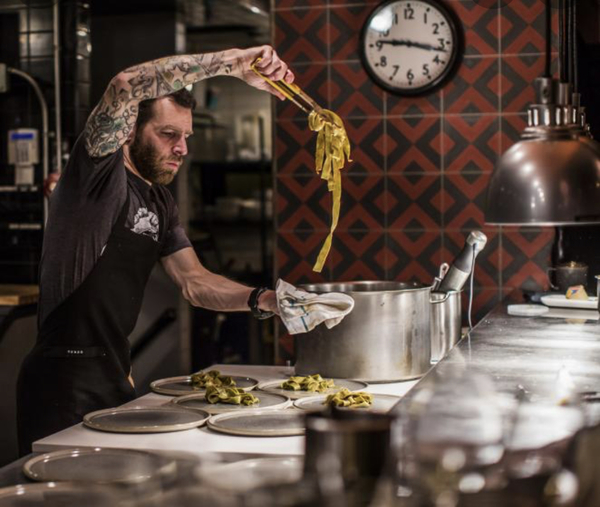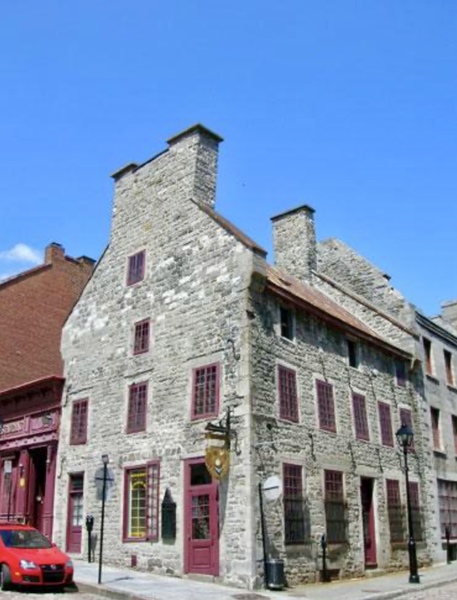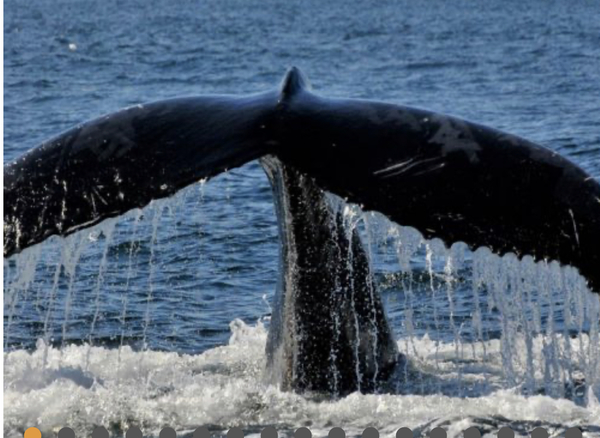The Mile End neighbourhood’s name seems to have come from a 19th century racing track that roughly covered the zone delineated by St-Joseph Boulevard, Mentana Street, Mont-Royal Avenue and Berri Street. Indeed, a 1 mile distance separated the racing track from the former limits of Montréal. Thus, Mile End.
Although the neighbourhood is officially part of the Plateau Mont-Royal district, Montrealers differentiate the two, as Mile End is situated in one of the most bilingual and multiethnic sectors of the city, in the western extremity of the mainly French speaking Plateau. It had long been the heart of Montréal’s Jewish community and Hassidic Jews are still very much present, though many have migrated slightly to the west, spilling into Outremont. Both the Fairmount and St-Viateur bagel factories, true Montréal institutions that have popularized bagels in the city, are emblematic of the neighbourhood. The Greek community is also very much present, especially on Avenue du Parc.
Since the 1980s, Mile End is known as a neighbourhood of largely artistic inclinations, and many artists, musicians, writers and filmmakers have elected residence here. The streets are peppered with many art galleries, designer workshops, specialized boutiques and cafés. Mile End’s transformation was reinforced by the establishment of big-time multimedia enterprises in former factories. Take a stroll along St-Laurent Boulevard, Parc Avenue, Fairmount, St-Viateur and Bernard streets and discover the eclectic diversity of this neighbourhood.
The bohemian nature of the new Mile End opened a space where gays, lesbians and the queer folk could flourish. Today, Mile End is considered Montréal’s second most dynamic area for LGBT culture and the preferred neighbourhood of the queer community in particular. Mile End has also appealed to the lesbian community, a portion of which has migrated to the north out of Plateau Mont-Royal, where it had previously maintained a strong presence for decades.
In the last few years, Mile End has emerged as the centre of the Montréal independent music scene, with internationally renowned band Arcade Fire electing residence there, among others. Other celebrated Mile End dwellers, such as filmmaker Xavier Dolan and singer/songwriter Ariane Moffatt, can often be spotted here. In fact, it is the main filming location of Dolan’s film Les Amours Imaginaires (Heartbeats).
Travel log

Archive for July 2025
East of the Saint-Charles river and next to Saint-Roch, Limoilou was, throughout the 20th century, the most working-class neighbourhood of Québec city. The American-style urban planning with checkered streets and avenues and rows of triplex apartment buildings is in notable contrast to both the old city, which was built before the arrival of the automobile, and the newer suburbs surrounding it. With its tree-lined avenues typical of 20th century city life and the huge, inexpensive apartments, it has long attracted many students enrolled at the Limoilou cégep, one of the most important colleges in the region.

The area takes its name from the French seigneurie of Jacques-Cartier, who was the first explorer to set foot on its soil. Today, it is one of the trendiest neighbourhoods of Québec, thus attracting many gays and lesbians early on. The reinvigoration of Limoilou is particularly noticeable along 3rd avenue in the heart of Vieux-Limoilou, where many restaurants and pubs have set up shop. The new nearby Centre Vidéotron performance hall has also largely contributed to this revitalization.
Fine dining in Limoilou
Among the gay-friendly establishments of Limoilou, the restaurants La Planque and Cendrillon are two key locations on 3rd avenue. La Planque is set up as a sort of shelter from the storm, featuring four distinct atmospheres: the basement hideout is intimate and perfect for meetings, the bar section for a more casual ambiance, the kitchen area is great for those who want to be at the centre of the action, and the mezzanine, which is intimate while still allowing a view of the kitchen and bar. Its neighbour, Le Cendrillon, is a friendly restaurant with an unpretentious and eclectic décor. It aimed to revive a cult neighbourhood location of the same name from the 50’s. Local products are carefully selected from nearby establishments and are at the heart of their menu, composed of homemade-style dishes, Québec cheeses, an oyster bar and wood charcoal-grilled meats.
The nearby Fun en Bouche is Limoilou’s “green” restaurant. In an urban and minimalist décor, this eco-friendly spot specializes in breakfasts, with eggs Benedict, omelettes, crêpes, bread puddings and Viennese pastries. They also serve light meals like paninis, ciabatta or bagel sandwiches and quiches.
On Chemin de la Canardière in the eastern part of the neighbourhood, the pizzeria Le Maizerets is a must. The place has been operating as a pizzeria for more than 50 years, and for the past 30 years the current restaurant has specialized in thin-crust pizzas - some say the best you can find west of Rome
Built along the port, the formerly walled off old city has a gastronomic tradition that goes back to the colony’s beginnings. A time when hostels welcomed visitors from all over the continent and across the Atlantic. The Maison Pierre-du-Calvet, which was constructed in 1771, today still attests to this tradition, as it is the oldest building in Montréal still welcoming visitors and offering them its copious cuisine in the style of 18th century inns. Since that time, the gastronomic propositions have of course evolded and become more diversified – there are many great restaurants to be discovered in historic Old Montréal.
Near Notre-Dame Cathedral, you can begin or end your evening at L’Assommoir, with its trendy atmosphere and emphasis is on products of the terroir. On De la Commune street, just next to the Old Port, Da Emma is à Montréal Classic. From the decor to the plate, everything here transports us to Italy. More specifically, to one of those dining cellars that you only come across in Rome, which seems almost frozen in time. Located in a basement, the intimate space seats 140, plus another 70 on the terrace in front of the restaurant, weather permitting.
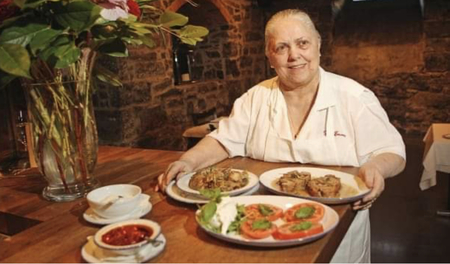
At the entrance, the celebrity wall confirms the reputation of the establishment with a numerous photos of stars from all over the world photographed with Emma. White tablecloths, period paintings, stone walls and wooden ceilings… the Italian charm is immediately felt, and most welcome.
With the urban re-development of the Faubourg aux Récollets west of Old Montréal, McGill Street has become a sought-after stretch of great restaurants and bistros from the Old Port to Victoria square. With its warm décor and friendly, laid-back ambiance, Ikanos invites you to rediscover some of the classics of Greek and Mediterranean cuisine, reinvented by the chef and owner Constant Mentzas. The seafood and fish is carefully selected and grilled in wood fire ovens. Located on the site of the old Soeurs Grises nunnery near the Old Port, the Bistro Brasserie Les Soeurs Grises offers a selection of home-brewed beers and a menu composed of local products.
The governments of Canada and Quebec are taking an important step by announcing their joint intention to begin working to expand the boundaries of the Saguenay–St. Lawrence Marine Park. This project aims to better protect the biodiversity and ecosystems of the St. Lawrence Estuary, which is home to nearly 2,200 species, some of which, like the beluga, are in a precarious situation.
The announcement was made today by Steven Guilbeault, Minister of Environment and Climate Change and Minister responsible for Parks Canada, and the Québec Minister of Environment, Climate Change, Benoit Charette.
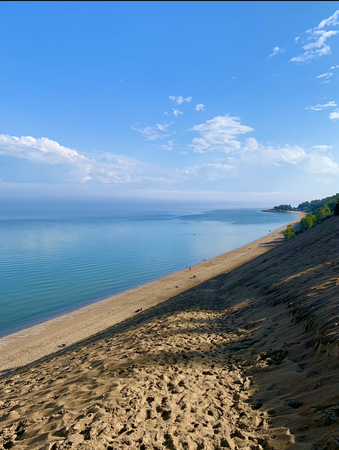
Protection of the St. Lawrence beluga
The expansion project's main objective is to protect the critical habitat of the St. Lawrence beluga, of which more than 60 percent currently lies outside the boundaries of the marine park. It also aims to preserve a high-quality feeding ground for several species of whales, some of which are in a precarious situation. In 2020, as a first act of protection by the Government of Québec, and while waiting for a legal status of protection, territorial reserves were set aside with the end goal of eventually creating protected areas. This project would help to consolidate the protection of a significant part of these territories. As currently planned, the project could quadruple the Saguenay–St. Lawrence Marine Park's area.
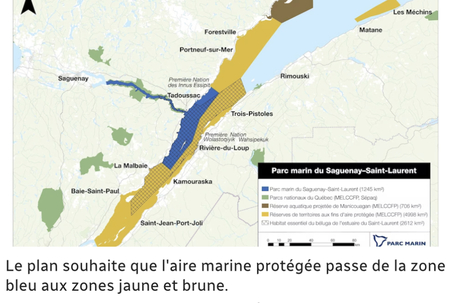
Today's announcement is a first step toward expansion of the marine park. In the coming months, the governments of Canada and Québec will jointly meet with regional and municipal organizations, as well as all stakeholders involved in the project, including First nations, research groups and local businesses to exchange perspectives and obtain feedback. Finally, a public consultation phase will be held, during which the proposed limits and the proposed protection measures will be discussed.
Recognized expertise
Backed with more than 25 years of Canada-Québec co-management and participatory governance in the region, the marine park is a unique model for collaboration and partnerships for the conservation of the marine environment. The expertise of its coordination committee and its teams in the fields of marine activity regulation, education, awareness, visitor experience and scientific research makes it a privileged protection tool, mainly for marine mammals, adapted to the context of the St. Lawrence estuary and the Saguenay Fjord.
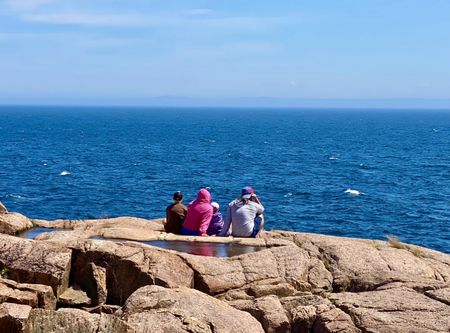
The governments of Canada and Quèbec recognize that the protection of an environment as extensively used as the St. Lawrence Estuary requires strong joint cooperation, close collaboration with all members of the Saguenay–St. Lawrence Marine Park Coordination Committee and consultation with a multitude of regional stakeholders.Quotes:
''As a joint Québec-Canada marine protected area, the Saguenay-St. Lawrence Marine Park has a 25-year history of collaborative conservation and public education successes. Its expansion will allow our governments to work together on several shared priorities, including the protection of marine biodiversity and the recovery of species at risk such as the St. Lawrence beluga. This collaboration between our governments is a clear sign that protecting biodiversity and endangered species is a shared priority. At COP15, we made ambitious commitments, a"nd today we are taking an important step towards achieving these goals." Declares S teven Guilbeault, Minister responsible for Parks Canada
"The Saguenay–St. Lawrence Marine Park is a source of national pride and a true natural jewel of Quebec. The Government of Québec is proud of this unique partnership with the federal government, which will improve the protection of marine mammals living in the Saint Lawrence Estuary, such as the beluga, which is an emblematic species of the fragility of this habitat. The knowledge gained in recent years sends a clear signal of what we must do to protect it. With extensive experience in co-management and participatory governance, the Saguenay–St. Lawrence Marine Park is a model for protecting marine environments that promote sustainable tourism and benefit local communities. I am convinced that the leadership, experience and trusting relationships that have been at the heart of the park's management since its inception will be catalysts for the next steps toward this promising expansion project for our nation!"
Added Benoit Charette, Québec Minister of the Environment, the Fight against Climate Change, Wildlife and Parks
Highlights
Concerns about the decline of the beluga and its habitat were a determining factor in the creation of the Saguenay–St. Lawrence Marine Park (SSMP) in 1998. The SSMP is a unique Québec/Canada joint marine protected area created by Québec and federal legislation, the Saguenay–St. Lawrence Marine Park Act.
With a current surface area of 1,245 square kilometres (km2), the SSMP is located on Quèbec public lands at the confluence of the Saguenay River and the St. Lawrence Estuary. Its mandate is to enhance the level of protection of the ecosystems of a representative part of the Saguenay Fjord and the St. Lawrence Estuary for the purposes of conservation and environmental protection of the exceptional flora and fauna and natural resources found there, in addition to promoting sustainable educational, recreational and scientific activities.
The management of SSMP, under the joint responsibility of the Ministère de l'Environnement, de la Lutte contre les changements climatiques, de la Faune et des Parcs, of the Société des établissements de plein air du Québec (Sépaq) and Parks Canada, is based on a participatory governance approach that is unique in Canada and relies on stakeholders working together at the local, regional and national levels to achieve its objectives. Its coordination committee is composed of representatives of the Essipit Innu First Nation, the Wolastoqiyik Wahsipekuk First Nation, the Charlevoix-Est regional county municipalities (RCM), the Saguenay Fjord, la Haute-Côte-Nord, and representatives of the three southern shore RCMs (des Basques, Rivière-du-Loup and Kamouraska), the scientific community, and the interpretation and education community.
Since the creation of SSMP in 1998, significant efforts have been made by the involved parties to preserve marine mammals, including beluga. However, its population has continued to decline since then, at a rate of about 1% per year. It now has fewer than 900 individuals. Since the 2000s, there has been a critical and unexplained increase in mortality among newborns and females of reproductive age, which suggests an acceleration of the beluga's decline in the coming years.
RSS Feed
SubscribeCategories
Tags
Latest Posts
- In the heart of queer life
- THE NEW TRENDY NEIGHBOURHOOD
- A gourmet tradition
- For the Protection of Biodiversity and Ecosystems of the St. Lawrence Estuary


